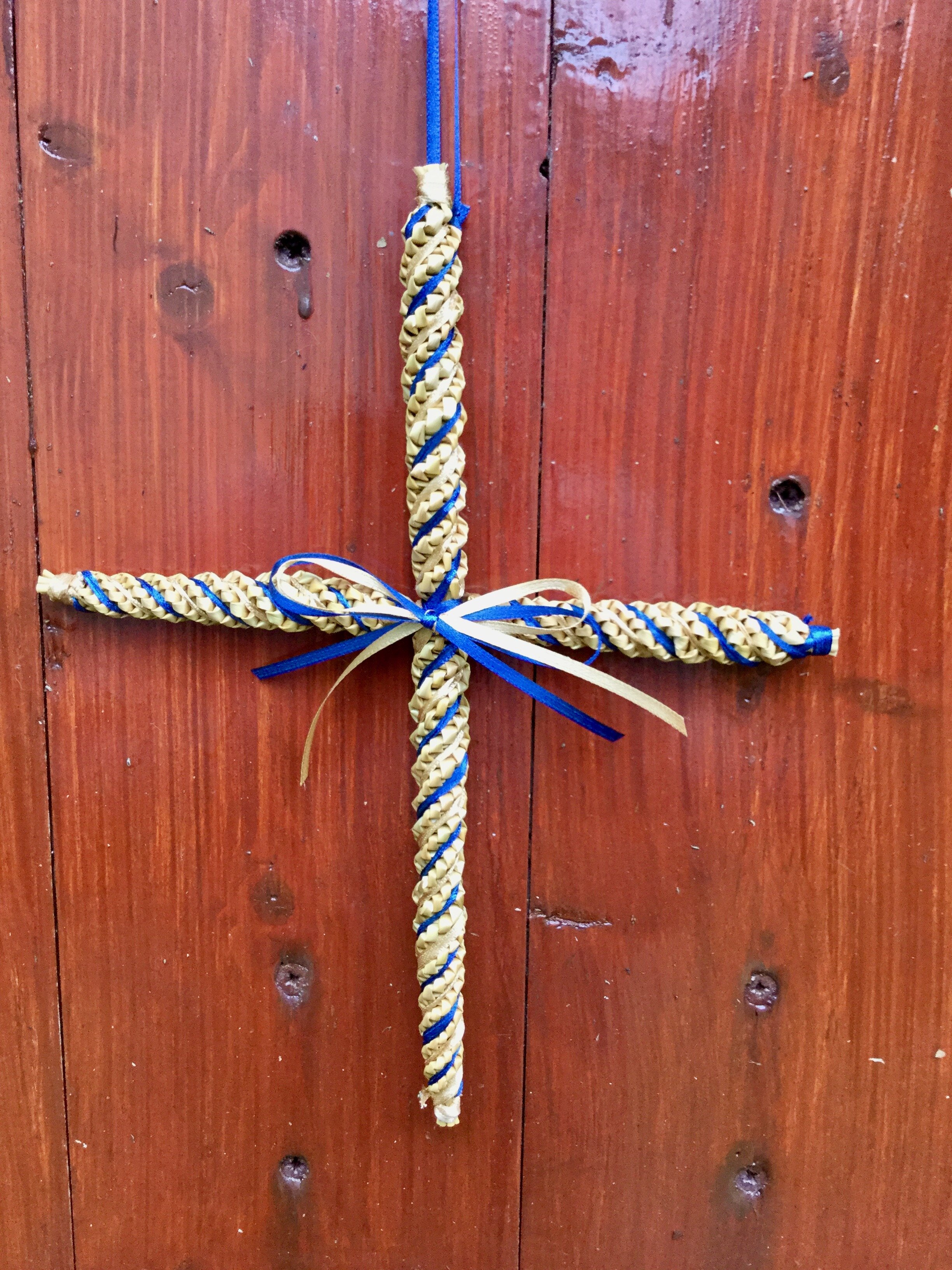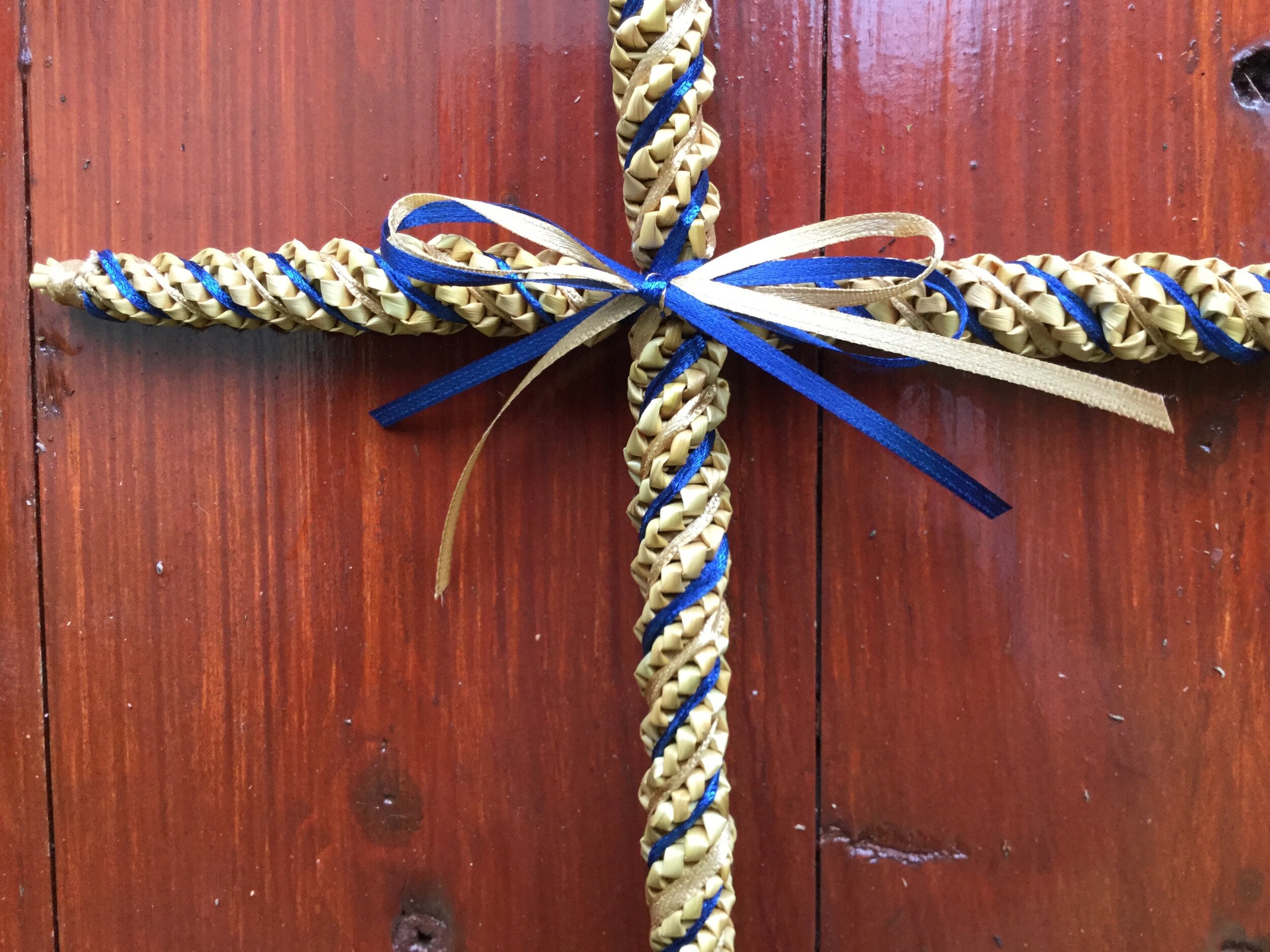Latin Cross ✟ (crux ordinaria)


Latin Cross ✟ (crux ordinaria)
This style of Cross has had many names in the past, but is more commonly today referred to as The Latin cross (crux ordinaria) . Generally seen as symbol of Christianity, even though it was used as a Pagan symbol for millennia, long before the foundation of the Christian Church.
It has been linked with the Ankh or Crux Ansata, in this case, represented by a much longer descending arm. It was carried by Egyptian priests and kings symbolising their authority as priests of the Sun god and was called then 'The Sign of Life'. It often appears as a symbolic sign in the hands of the goddess Sekhet, and as a hieroglyphic sign of life or of the living. The ‘Ankh’ cross was even used to symbolise the union between the Goddess Isis and her male consort, Osiris.
In much later times the Egyptian Christians or Corpts, attracted by its form, and perhaps by its symbolism, adopted it as the emblem of the Cross.
Earthenware fragments have been found that show this same symbol dating from the Bronze Age, when it was believed to symbolise consecration At this time It was also especially linked with burials and has been discovered on stones from the Scandinavian Bronze Age that depict the destructive hammer of Thor, their god of thunder and war. Regarded a magical symbol, bringing good luck and diverting evil.
Rock carvings of the cross have also been interpreted as a solar symbol, or a symbol of Earth with its points representing north, south, east, and west. It is sometimes referred to as the Western Cross to differentiate from cross designs favoured in the East. It has even been discovered in both Chinese and African cultures.
The Latin Cross was typically used as the basic floor plan of many Western churches. It can be the identification mark for a church or chapel, hence the alternative names: Chapel Cross or Church Cross. Also seen as a representation of the Trinity, the three shorter sections represent the Three Persons of the Trinity and the longer, lower portion signifies the One Divinity.
It can also be called a Protestant Cross because it is plain, without any corpus attached. It does not deny the suffering on the cross but focuses the mind on Christ's resurrection and is mostly used in Protestant churches. Baptists, for example, tend to favour the empty Latin cross to emphasize the fact that Jesus rose from the dead. When the cross includes a corpus, it is usually referred to as a crucifix and emphasises Christ's suffering and sacrifice, which gives meaning and sense to his resurrection. Historically, for Catholics, the corpus is sacramental and its removal would be have been heretical. Protestantism initially prohibited the corpus as a graven image and idolatrous. Rood screens were pulled down to allow closer access to the altar by lay worshippers and Altar Crosses were removed as illegal 'Ornaments Rubrics’. This helped Protestants distance themselves from Roman Catholics and even today, crucifixes are found more in Catholic than Protestant churches.
Today however, most Protestants no longer protest about the corpus and so are not averse to using a crucifix as a Christian symbol. Most modern Catholics are also quite happy to use a plain Cross, both realising that Christ's resurrection is central to all Christian doctrine, whatever the sect.
Along with the Greek cross, it is the most common form found and is recognised as representing the cross of Jesus' crucifixion. Crosses are a very prominent feature of Christian cemeteries, usually carved on gravestones, or appearing on stone and ironwork . Because of this, the planting of small crosses is sometimes used in countries of Christian culture to mark the site of a fatal accident, quite often on the side of the roads where the accident had occurred.
This symbol has been used by many different cultures for many different reasons throughout recorded history. The Druids saw it as a symbol of fertility, the ancient Babylonians had a cross symbol that was associated with their moon deity, and the Assyrian culture associated it with the four main directions. It is even used today by the modern Freemason movement.
Although seen very much as a major identification mark of their faith, modern Christians cannot truly claim exclusive right to the use of this ancient universal symbol, which has many meanings to many cultures, and maybe always will.
